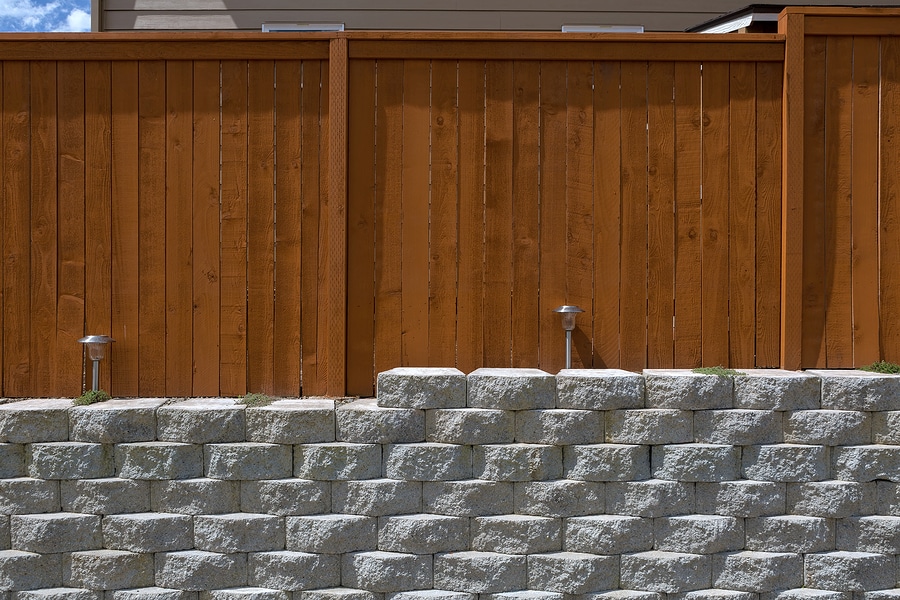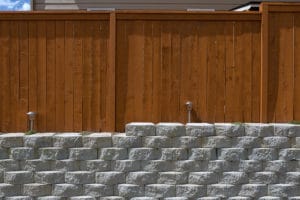Different uses for a backyard retaining wall

 Retaining walls have both aesthetic and practical purposes. When designed and constructed in a professional manner, retaining walls can add beauty to your property while at the same time being functional.
Retaining walls have both aesthetic and practical purposes. When designed and constructed in a professional manner, retaining walls can add beauty to your property while at the same time being functional.
The basics
It is a misconception that retaining walls hold the bulk of the soil behind it. In fact, if built correctly, the retaining wall will only withstand the pressure from the wedge of soil at the lowest point of the wall. Talk to the right professionals in the Sioux Center, Iowa, area for the best results.
Retaining walls are mainly used to make sloped, unusable ground useful for the property owner. They can be used to deter soil erosion. With professional construction, retaining walls can increase the size and value of your outdoor areas in your Rock Valley home.
Prevent erosion
In these areas, it is common for homes to be built on rocky, uneven soil. In areas of high rainfall, retaining walls are used to prevent the soil from eroding and stopping the topsoil from washing away.
Pool protection
Retaining walls can also be used to prevent stuff from washing into the clear water of your backyard pool. You may want to consider constructing your retaining wall from similar material to your pool’s deck to maintain a seamless look to your hardscaping.
Improve site drainage
Retaining walls are also used to hold back water, which is why they’re called sea walls even when they are not close to the ocean. Retaining walls can help minimize the damage from any streams or lakes you may have near your property. Be forewarned that you and your contractor generally will need to gain permission from authorities for any wall that will be holding back water.
Making more usable space
With retaining walls, people have been able to make mountains useful as farmland by terracing the mountainside to access more flat ground. On a smaller scale, terraces created with retaining walls can make useful area out of rocky slopes. Terracing will create multiple levels connected with stairs in your outdoor space.
Focal points
Retaining walls don’t just have to be functional, they can also be aesthetic assets of your outdoor area. Retaining walls can be beautified with a stone veneer, plaster painting, or coping. The raised beds created by retaining walls can hold more flowers and shrubs, and their appearance can complement the theme of your landscape design.
Retaining walls can also be used as decorative enclosures for your flowerbeds from anywhere from half a foot to two feet. As the height of the wall or the size of your flowerbed increases, you will need to add reinforcement to the wall. Retaining walls can also cover the ground roots of trees in your yard.
When you look out over your landscape, imagine the possibilities of retaining walls and their uses. For all of your outdoor landscape needs, consult a professional like those at Outdoor Elements. They can help you decide what is the best path for your ideal outdoor space.